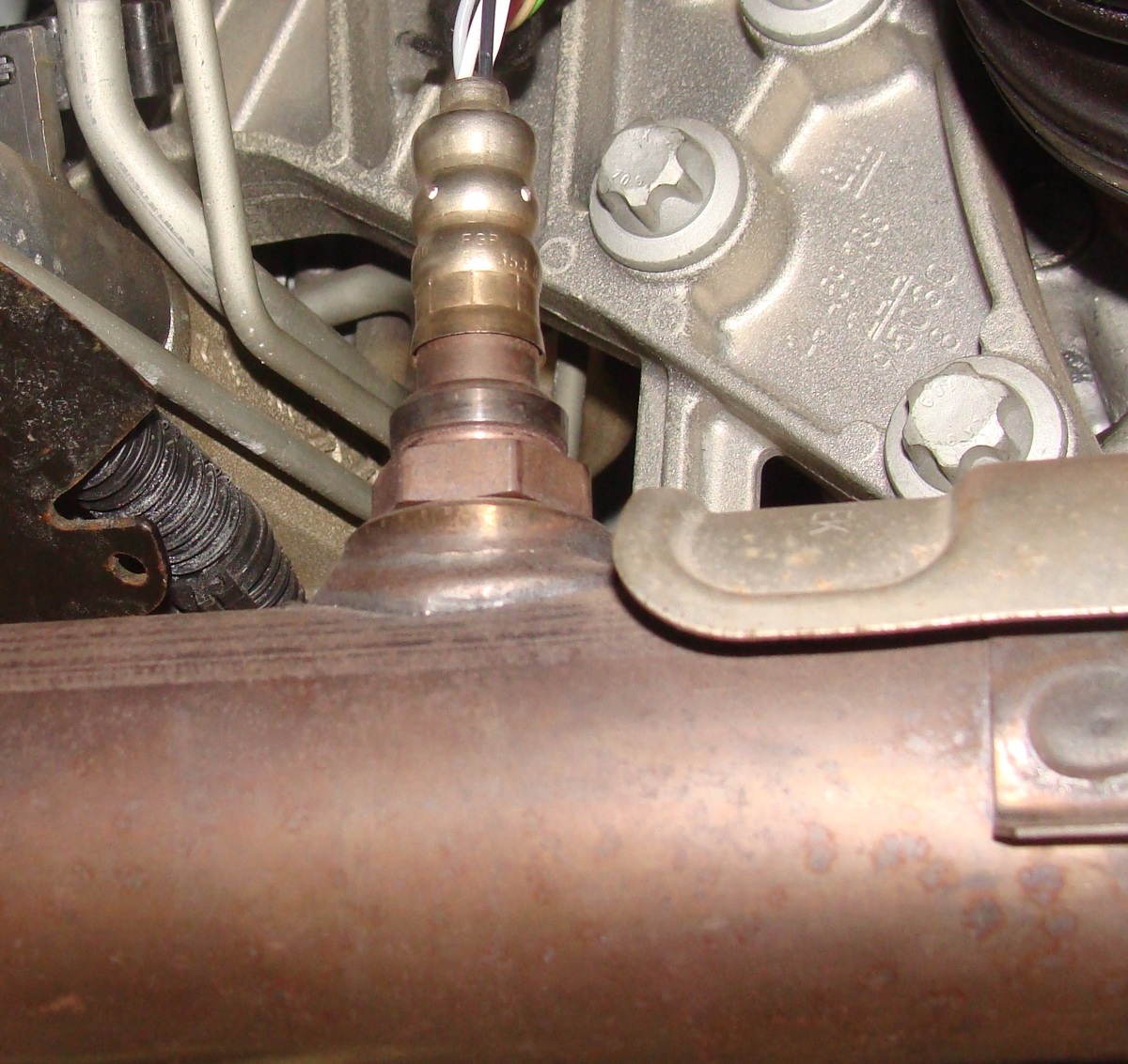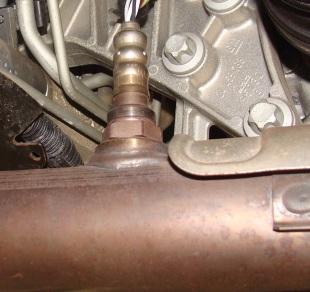
Probe under surveillance
 A faulty lambda probe affects the deterioration of the composition of the exhaust gases and the operation of the car, so the on-board diagnostic system constantly checks its operation.
A faulty lambda probe affects the deterioration of the composition of the exhaust gases and the operation of the car, so the on-board diagnostic system constantly checks its operation.
 OBDII and EOBD systems require the use of an additional lambda probe located behind the catalyst, which is used, among other things, to evaluate its performance. As part of the control of both sensors, the system checks their response time and electrical verification. The systems responsible for heating the probes are also evaluated.
OBDII and EOBD systems require the use of an additional lambda probe located behind the catalyst, which is used, among other things, to evaluate its performance. As part of the control of both sensors, the system checks their response time and electrical verification. The systems responsible for heating the probes are also evaluated.
The result of the aging process of the lambda probe may be a change in its signal, which manifests itself in an increase in response time or a shift in characteristics. The latter phenomenon can be mitigated within certain limits due to the fact that the mixture control system can adapt to changing control conditions. On the other hand, a longer probe response time detected is stored as an error.
As a result of an electrical check of the sensor, the system is able to recognize faults such as a short to positive, a short to ground, or an open circuit. Each of them is manifested by the absence of a signal, and this, in turn, causes a corresponding reaction of the control system.
The lambda probe heating system allows it to operate at low exhaust and engine temperatures. The heating of the lambda probe located in front of the catalyst is switched on immediately after the engine is started. On the other hand, the probe heating circuit after the catalyst, due to the possibility of moisture entering the exhaust system, which can damage the heater, is activated only when the temperature of the catalyst reaches a certain value. Proper operation of the probe heating system is recognized by the controller based on a measurement of the heater resistance.
Any lambda probe malfunctions found during OBD system testing are stored as an error when the appropriate conditions are met and are indicated by the MIL, also known as the Exhaust Indicator Lamp or "Check Engine".

